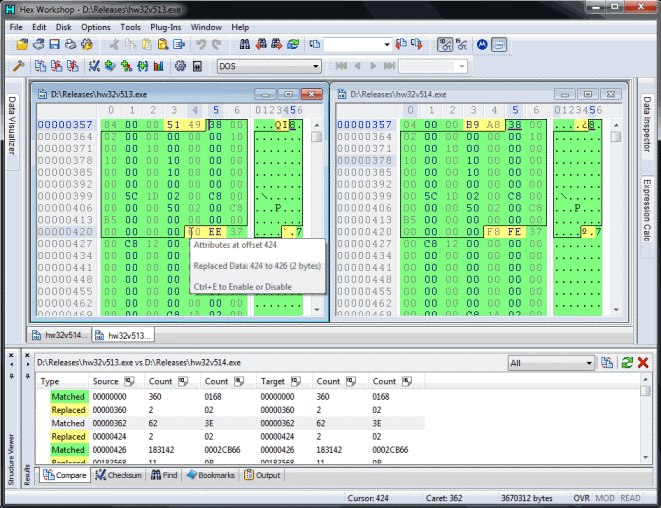
This shouldīe the case regardless of whether you conduct the risk assessment internally or
#HEX FIEND SECURITY RISK HOW TO#
By theĮnd of the process, you’ll be presented with a thorough report, full ofįindings, conclusions and recommendations for how to move forward. With a discussion of goals, expectations and the process moving forward. There are several different methodologiesįor approaching a security risk assessment. Risk management strategy, all the takeaways you got from your security riskĪssessment will be practically useless. Without a security risk assessment, you may not understand where or how toĮxecute your security risk management strategy, and without a comprehensive security
#HEX FIEND SECURITY RISK SERIES#
Is a series of ongoing strategies and practices to minimize risks.Īn adequately protected business will needīoth an initial security risk assessment and a risk management strategy to succeed. Security practices, meant to help you understand the weak points of those

It’s best to think of theseĬoncepts this way a security risk assessment is a snapshot of your current Security risk management and security riskĪssessments are similar, but aren’t the same thing. Security Risk Assessments and Security Risk Conducting security risk assessments regularly allows you to keep up with these forms of evolution. Security standards are always changing, and your business’s technologies and processes are likely changing as well. If you notice a security flaw before it’s exploited, you could prevent a data breach from happening, saving your company thousands or even millions of dollars in the process. For many businesses, the biggest benefit is the opportunity to prevent potential damage. A security risk assessment is necessary in these cases, to ensure you remain in compliance. Certain industries and types of businesses are required to comply with certain regulatory requirements with regard to privacy or security. Given the time and insight, you’ll have ample opportunities to account for these weaknesses and address them. A security risk assessment will help you uncover areas of weakness in your business, across many different systems. The reason for this third-party risk management is because by sharing data with and connecting to third parties, their security becomes your company’s issue as well. Not only will you need to check all of the above for your own company you will need to check them for all of the third parties to which your company is connected.

Many company policies will also be subject to examination, including your IT policies ( such as a BYOD policy), your disaster recovery plans, your business continuity plans and even your ongoing risk management approaches. If you’re storing data, you’ll need to examine how your data is classified, how it’s encrypted, and how access to these data is granted. Application scanning will examine your internal and external web applications, identify application vulnerabilities and more. You’ll also need a network analysis, which will help you analyze your internal and external networks, your firewalls, your SPAM filters and more. In this area, you’ll analyze your servers and internal systems, like your server’s redundancy, the antivirus or anti-malware systems you use and your identity and authentication systems. For example, do you have a consistent supply of power and backup power supplies in event of an emergency? What about cameras and alarm systems to protect against a physical break-in?

This area will examine your company’s infrastructure, including the physical security of your building. Systems Included in a Security Riskĭifferent parties may organize their security risk assessments differently, but many will include the following areas, at minimum: Recommendations on how to mitigate those risks further.Īlso be called something slightly different, like an IT infrastructure riskĪssessment, a security audit or a security risk audit.

They will also be responsible for making a list of Potential security gaps and the current controls in place to mitigate those


 0 kommentar(er)
0 kommentar(er)
